CSCI 441 - Computer GraphicsFall 2016 |
|
| | Home | Syllabus | Assignments | Leaderboard | Schedule | Resources | | |
"Oghad Urr"
This is Oghad Urr's banner! 
This program streams video from a camera and detects ArUco markers within the video. 3D models are then placed wherever ArUco markers are detected for an augmented reality. The models are animated and whenever a model appears the camera feed flashes red to indicate that there are monsters (all models come from doom3). Additionally, the hellknight can attack and a vertex shader is used upon attacking to distort the other monsters on screen. There is a teapot mode for the models to show off some augmented reality lighting (getting doom3 models working with lighting is a project in itself). 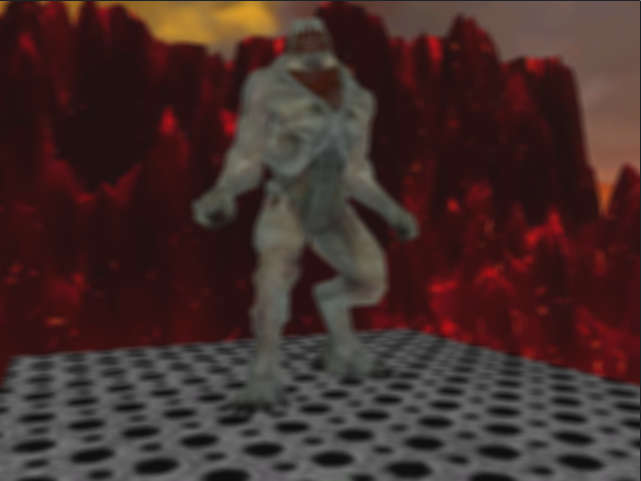
This lab introduces animation via skeletons (using MD5 models) as well as a blurring shader. 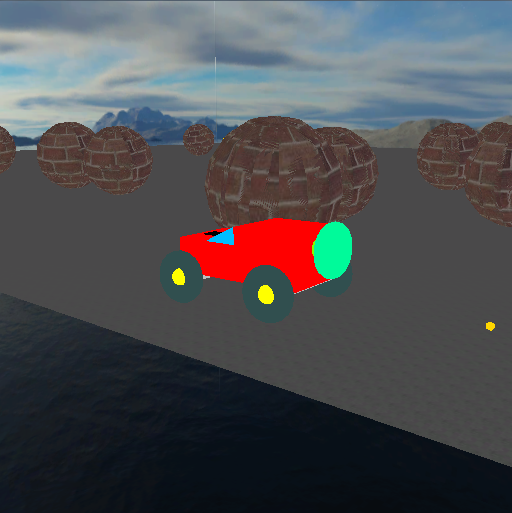
This program is a basic 3D game. Within the game is a 2D world for the hero to roam around and collect items to win. There are also enemies that are attracted to the hero and update their direction towards the hero every frame. Collision detection is performed between enemy-enemy interactions (billiard ball type) and collision detection is performed between enemy-hero interaction (sphere is destroyed but hero loses health). Enemies and the hero can fall off the world (doing so as the player makes the player lose and a timer initiates before exiting). 
This is a screenshot of Assignment 6: Summon the Wizard. In this lab, particle systems were implemented with control files for the set of rules that determined how the individual particles behaved. The particles use transparent textures and billboarding to appear more full, and have custom vertex and fragment shaders so their age determines their color and size. 
This is a screenshot of Assignment 5: The Middleplane! In this assignment I placed a textured skybox around the world. Additionally teapots got a brick texture applied to them. The assignment also added a .obj file loader to place objects around the world that can be read in from a .obj file. Finally, custom vertex and fragment shaders in GLSL were used on the loaded in object (Venus) to give some cool effects that are difficult to do with the regular shaders. The starting point for this assignment was the midterm project which explains the similarity. 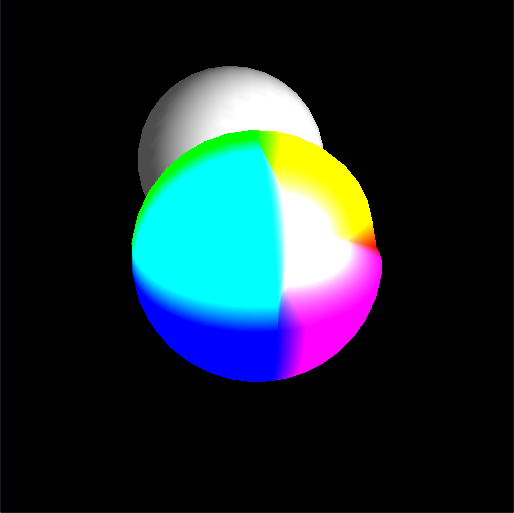
Here is a screenshot of lab 9 in which we explored the uses of custom vertex and fragment shaders on a sphere. 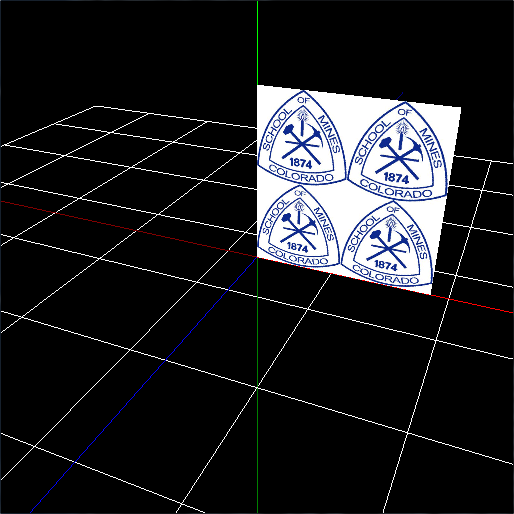
Here is a screenshot of lab 8 in which we explored how to texture objects in openGL (both objects such as the teapot where no uv mapping is required) as well as objects we create which require uv mapping. 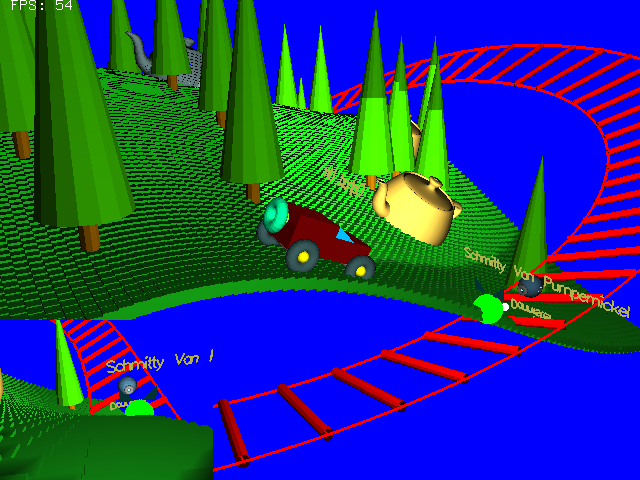
This is the Giraffics Park Rangers midterm project. It includes a wandering hero that can move along a bezier surface, as well as two heroes tied to a roller coaster track. One track hero moves along the track according to equal step values along the bezier curve that describes the track, while the other moves along equal distance values (by use of arc length parameterization). Using the drop down menu any hero can be followed with an arcball cam, or their first person view can be followed in the picture in picture viewport at the bottom left. A free cam can also be toggled. Materials and lights were used in this lab to spruce up the scene, and sound was added for the car and one of the track heroes as well as some ambient music. 
This is Oghad's car with a sprite traveling around the car on the path of a Bezier curve. The Bezier curve was created using several groups of 4 control points that make up control cages. The curves are calculated using the concept of linear interpolation along the control points. The bezier curve / control cage can be toggled and leave the sprite still revolving around the car as the car moves or stands still. The sprite itself is animated to have a growing/shrinking sphere and rotating torus' around the sphere. 
This is Oghad Urr's car! This program introduced using an ArcBall camera to track the hero's car, while dragging the mouse changed the camera orientation with the look at point situated on the car. The car's heading and position could be changed using WSAD. And the car had both passive animation and animation induced via movement. 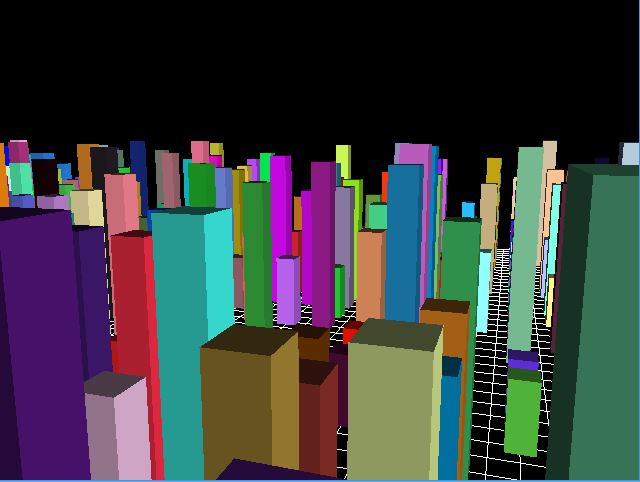
This is my first 3D project ever, which was a basic flight simulator (moved a camera between buildings) 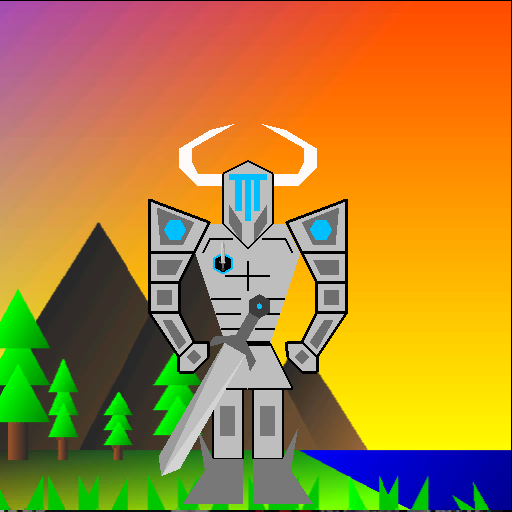
This is Oghad Urr in a good mood! This program included animation for breathing, as well as moving around via keyboard or mouse input, as well as a way to switch into evil mode! Additionally, the program allowed Oghad to move around between different backgrounds. 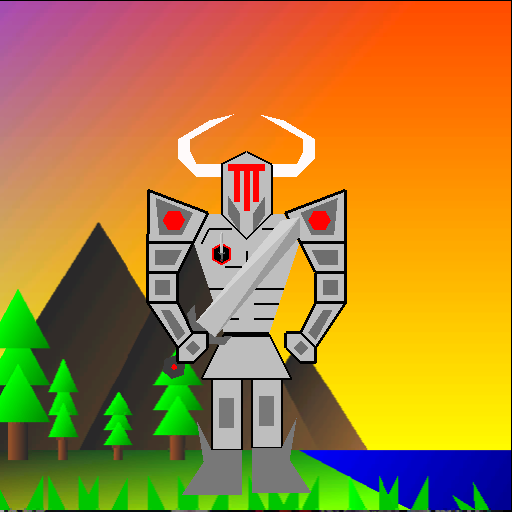
This is Oghad Urr in an evil mood! 
This is Oghad Urr's homeworld, The Golden Wastelands! 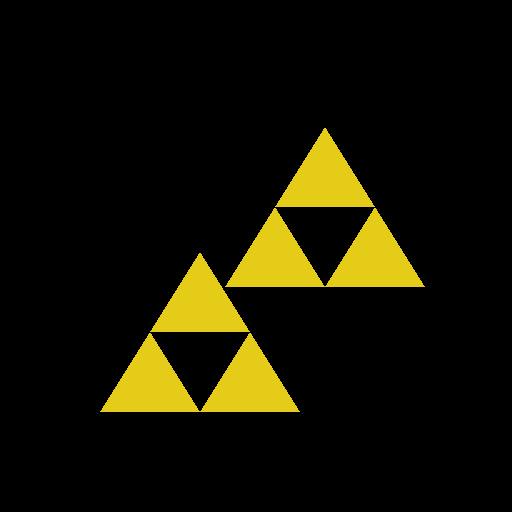
This is Oghad Urr's first openGL project ever! | |